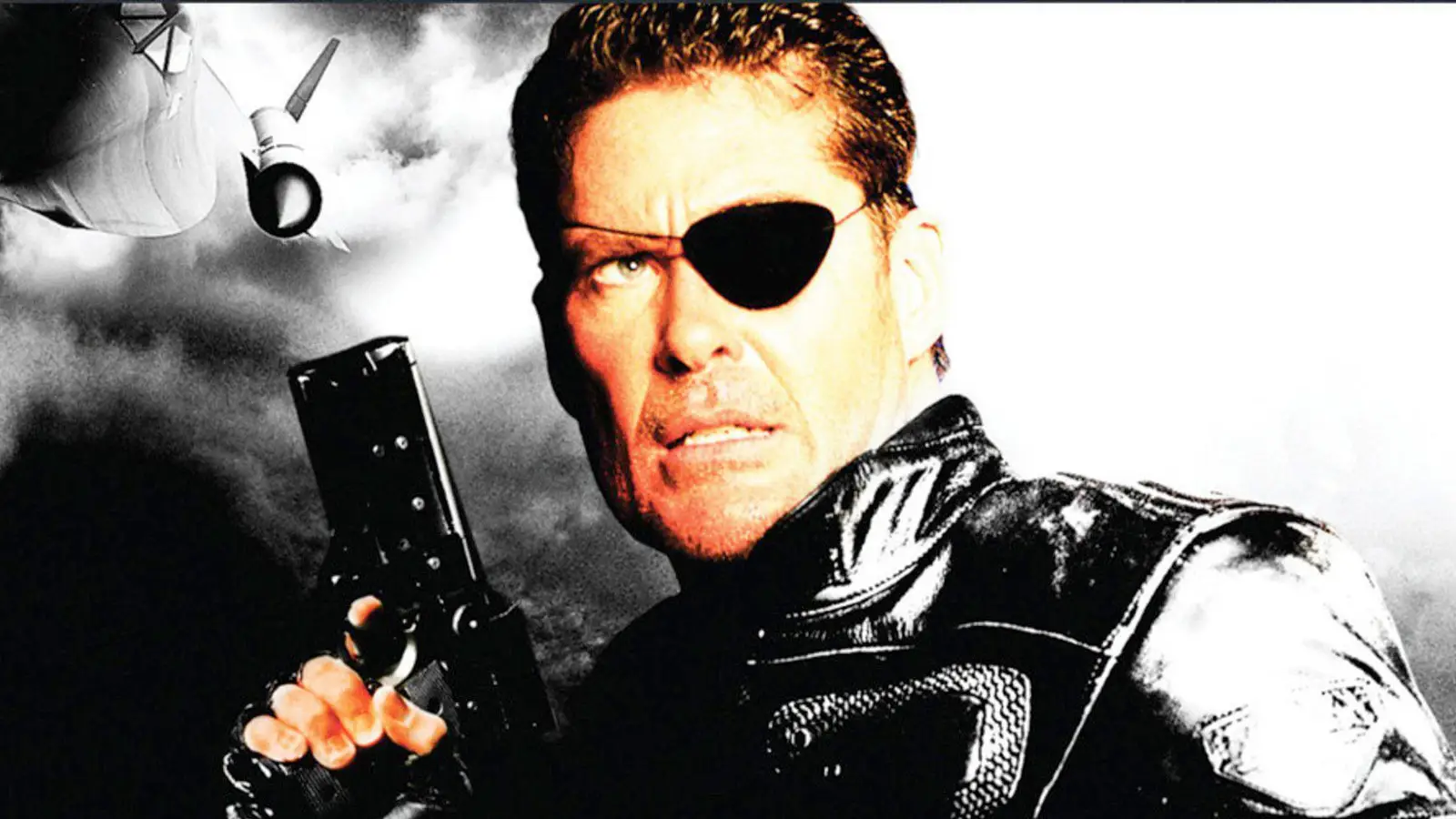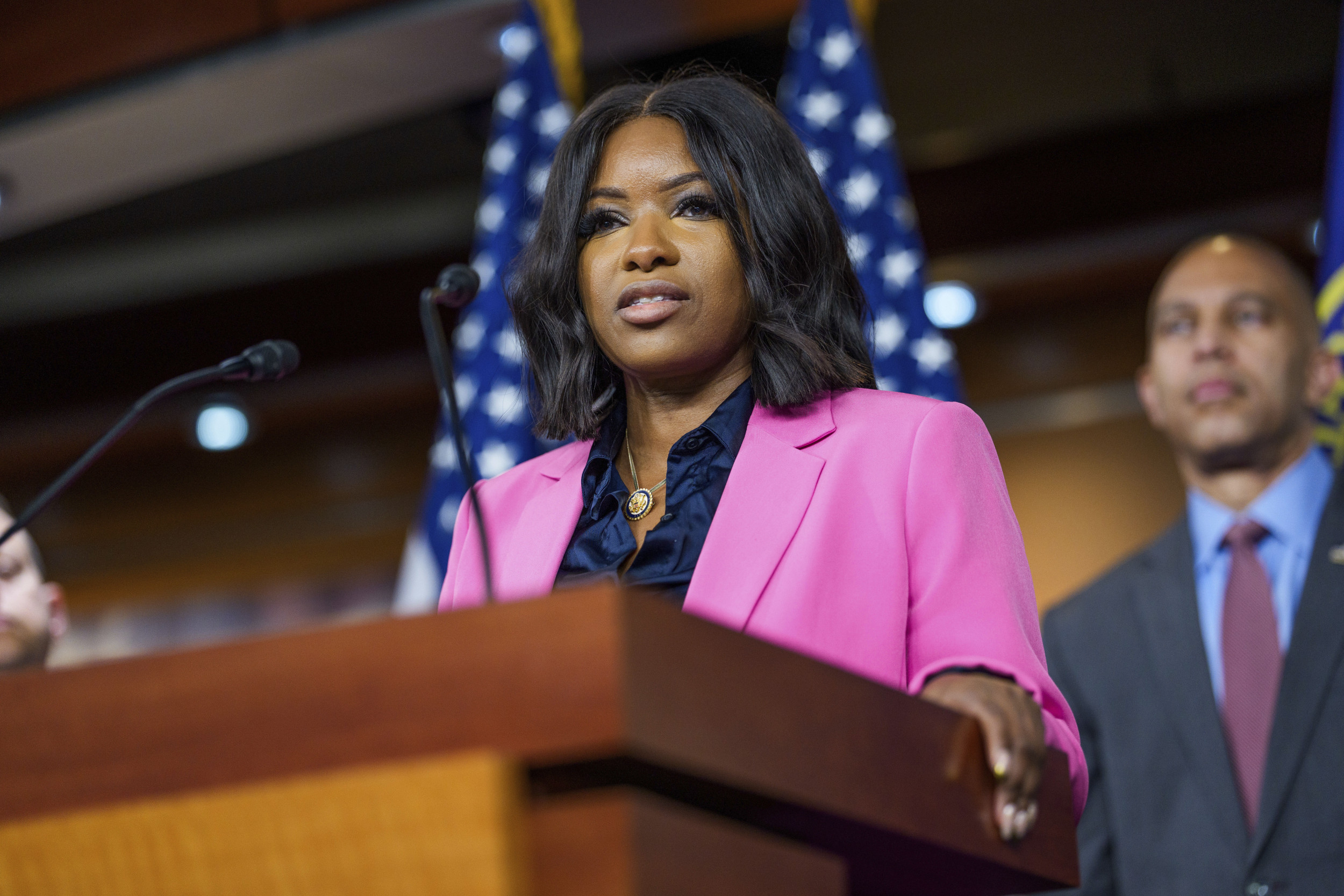
There are some absolutely essential superhero movies that too many people just haven’t heard of. Superhero cinema has become a dominant force in Hollywood, with the MCU, DC films, and other franchises shaping modern pop culture. Yet, not every costumed hero or vigilante who graced the big screen is remembered today.
While audiences eagerly revisit Iron Man or The Dark Knight, many earlier or offbeat superhero projects have slipped through the cracks. Some were ahead of their time, others failed to connect with audiences, and a few simply became cult classics. These forgotten gems range from pulpy adventures to experimental takes on the superhero formula, offering something modern blockbusters rarely attempt.
The Phantom (1996)
Released during the mid-90s wave of pulp-inspired superhero adaptations, The Phantom starred Billy Zane as the purple-suited crimefighter from the classic newspaper comic strip. With his jungle lair, masked persona, and generational legacy of “The Ghost Who Walks,” the character carried decades of history into the film. Unfortunately, The Phantom was vastly overshadowed by bigger superhero films.
As a result, The Phantom suffered at the box office. Still, its earnest tone and campy adventure style captured the retro spirit of old Hollywood serials. Catherine Zeta-Jones co-starred in an early career role, while Treat Williams delivered an over-the-top villain performance.
Though critics were mixed, The Phantom has gained a small cult following over time. For fans of old-school pulp heroes like Tarzan or Indiana Jones, this 1996 adventure is an entertaining throwback. Though not a superhero masterpiece, it deserves more appreciation than it gets today.
Abar, The First Black Superman (1977)
Long before mainstream studios embraced diversity in superheroes, Abar, The First Black Superman arrived as a low-budget but groundbreaking film. Released in 1977, it told the story of a Black scientist who creates a serum granting superhuman abilities. It is ultimately taken by a local activist named Abar.
The movie explored themes of racism, social justice, and empowerment, making it one of the earliest Black superhero films ever made. Though hampered by budget limitations and uneven execution, its cultural significance cannot be ignored. At a time when Hollywood offered little representation in the superhero space, Abar stood as a bold statement.
Aber, the First Black Superman is certainly a product of its time. Regardless, it paved the way for later trailblazers like Blade and Black Panther. Often overlooked in superhero history, this pioneering film deserves recognition as an essential stepping stone for representation in the genre.
Blankman (1994)
Blankman brought superhero parody to the big screen years before the genre’s proliferation. It starred Damon Wayans as Darryl Walker, an eccentric inventor who creates a homemade superhero persona. Armed with bizarre gadgets, a bulletproof pajama-like costume, and childlike innocence, Blankman sets out to fight crime in his community.
Blankman played both as a satire of superhero tropes and a heartfelt comedy about an underdog hero. While it received mixed reviews, Blankman has a unique charm that set it apart from traditional superhero films of the time. The movie also boasted David Alan Grier as Blankman’s skeptical brother and Robin Givens as the love interest.
Blankman is rarely discussed today. Yet it predates later superhero comedies like Kick-Ass and Super. For audiences looking for a quirky, offbeat take on the genre, Blankman remains a forgotten gem worth revisiting.
Chronicle (2012)
Directed by Josh Trank, Chronicle reinvented superhero storytelling through a found-footage lens. The film followed three high school students (played by Dane DeHaan, Alex Russell, and Michael B. Jordan) who gain telekinetic powers after encountering a mysterious object. Rather than donning costumes, they experiment with their newfound abilities in reckless and dangerous ways.
Chronicle brilliantly captured the thrill of adolescence mixed with the corruption of unchecked power. DeHaan’s tragic turn into villainy remains one of the film’s highlights. Meanwhile, Jordan’s performance hinted at the star power he’d later bring to Black Panther.
Chronicle was a box office success but never received a sequel despite strong fan interest. Over a decade later, it still stands as one of the most inventive, grounded takes on superheroes. Sadly, it is often forgotten in today’s blockbuster-heavy landscape.
The Shadow (1994)
Based on the legendary pulp radio character, The Shadow starred Alec Baldwin as the mysterious crimefighter with psychic powers. Released in 1994, it attempted to replicate the success of Batman by exploring another dark, brooding vigilante from classic literature. Set in a stylized 1930s New York, the movie blended noir, supernatural mysticism, and superhero action.
Despite its ambition, The Shadow struggled at the box office. It was outshined by stronger comic adaptations of the time. However, the film’s production design, atmosphere, and Baldwin’s charismatic performance have since earned it a cult following.
The Shadow’s blend of supernatural crimefighting and pulpy aesthetic feels like a bridge between golden-age radio heroes and modern cinematic superheroes. It’s not perfect. However, The Shadow stands as a fascinating artifact from a time when Hollywood experimented with bringing forgotten pulp icons back to life.
The Rocketeer (1991)
Joe Johnston’s The Rocketeer combined 1930s pulp sensibilities with superhero adventure in a charming, family-friendly package. It starred Billy Campbell as stunt pilot Cliff Secord, who discovers a jetpack that transforms him into a reluctant hero. Jennifer Connelly co-starred as his love interest, while Timothy Dalton chewed scenery as a Nazi-aligned villain.
It featured strong visual design, nostalgic atmosphere, and adventurous spirit. Unfortunatley, The Rocketeer underperformed financially upon release. Over the years, however, it has gained recognition as a cult classic beloved by audiences who appreciate its earnest tone and retro aesthetic.
Director Joe Johnston would later helm Captain America: The First Avenger. In many ways, it’s clear that The Rocketeer served as a spiritual predecessor. Its mix of pulp heroics and superhero charm makes it an essential but overlooked entry in the superhero genre.
Darkman II: The Return of Durant (1995)
Sam Raimi’s Darkman (1990) was a classic superhero movie that earned a cult following for its dark and grizzly take on the genre. The sequel Darkman II: The Return of Durant hit video in 1995. Without Liam Neeson, Arnold Vosloo stepped into the role of Peyton Westlake, the disfigured antihero who uses synthetic skin to assume new identities.
Darkman II brought back Larry Drake as the sinister Durant, who had somehow survived the first movie’s explosive climax. While the budget was smaller and the production shifted to direct-to-video, Darkman II embraced Raimi’s campy, over-the-top style. It retained the character’s blend of horror, action, and superhero tropes.
Darkman II offered a gritty, pulpy alternative to glossy mainstream heroes. Though not as polished as the original, the sequel kept Darkman’s cult following alive. For superhero viewers curious about 90s oddities, Darkman II is an overlooked continuation worth revisiting. It was followed by a third and final movie, Darkman III: Die Darkman Die.
Nick Fury: Agent of SHIELD (1998)
Before Samuel L. Jackson’s Nick Fury became a cornerstone of the MCU, David Hasselhoff portrayed the iconic Marvel spymaster in Nick Fury: Agent of SHIELD. Released as a TV movie in 1998, it leaned into comic-book camp and Cold War spy tropes. Written by comic legend David Goyer, the film featured Fury battling Hydra and their plan for global chaos.
The budget was modest and the effects dated. Yet Hasselhoff’s cigar-chomping, eye-patched Fury actually captured the character’s comic book roots more closely than later portrayals. Still, the movie failed to resonate with audiences.
Marvel shelved further live-action SHIELD projects until the MCU era. Today, Nick Fury: Agent of SHIELD is mostly remembered as a curiosity. However, for completists, it’s a fascinating glimpse at Marvel’s awkward attempts at building cinematic superheroes long before Iron Man changed everything.
Dracula: Sovereign of the Damned (1980)
In one of Marvel’s strangest superhero-related experiments, the 1980 anime Dracula: Sovereign of the Damned adapted Marvel’s Tomb of Dracula comic series into a TV movie. Produced in Japan, the film reimagined Dracula in a superhero-like framework. He battled enemies while navigating an unusual blend of horror, fantasy, and comic-book melodrama.
The result was a bizarre, ambitious project that often felt tonally inconsistent but undeniably unique. Dracula even becomes a reluctant antihero, protecting his family while clashing with supernatural foes. Since it aired only sporadically and was never widely distributed, it quickly slipped into obscurity.
Today, it’s remembered mostly by diehard Marvel fans and anime historians. While rough around the edges, Dracula: Sovereign of the Damned stands out as one of Marvel’s weirdest and most forgotten adaptations. It’s a surreal curiosity worth tracking down.
The Losers (2010)
The Losers adapted the DC/Vertigo comic about a team of black-ops soldiers betrayed by the CIA. It boasted an impressive cast long before many became household superhero names. These include Jeffrey Dean Morgan, Zoe Saldaña, Idris Elba, and Chris Evans.
With its mix of action, humor, and stylized violence, The Losers felt like a precursor to Guardians of the Galaxy and Suicide Squad. Despite its potential, The Losers struggled at the box office and quickly faded from memory, overshadowed by the dawning MCU timeline.
However, its witty dialogue and charismatic performances remain highlights, particularly Evans in a comedic role years before Captain America. Though largely forgotten in the DC library, The Losers deserves credit. It was a fast-paced, stylish adaptation that anticipated the tone of later ensemble superhero blockbusters.



